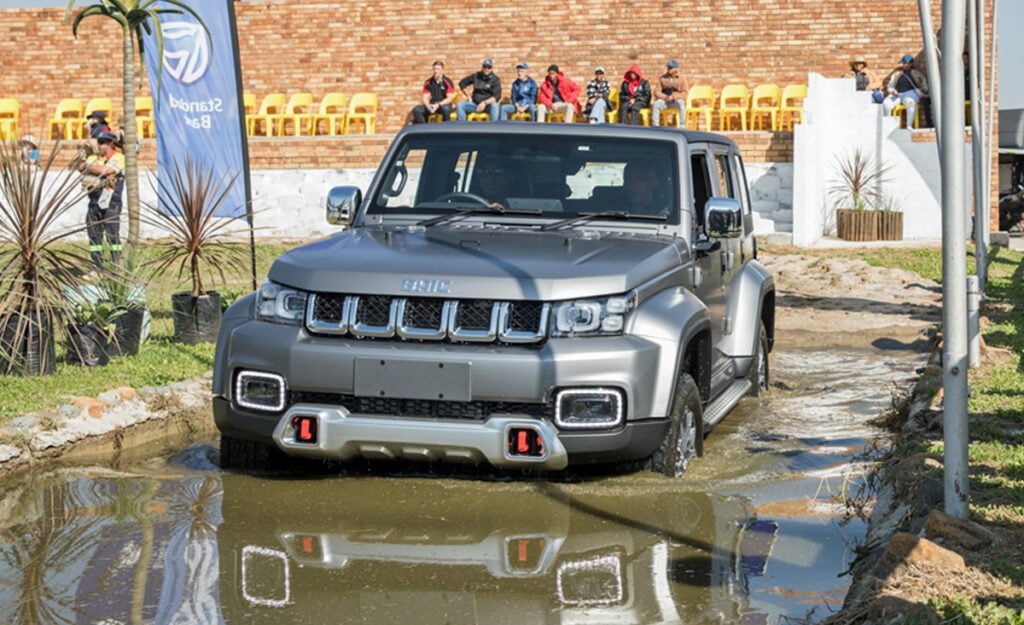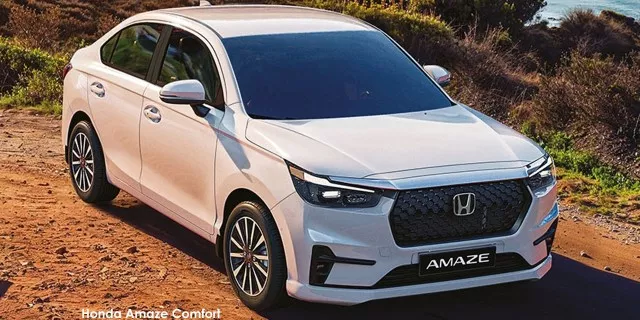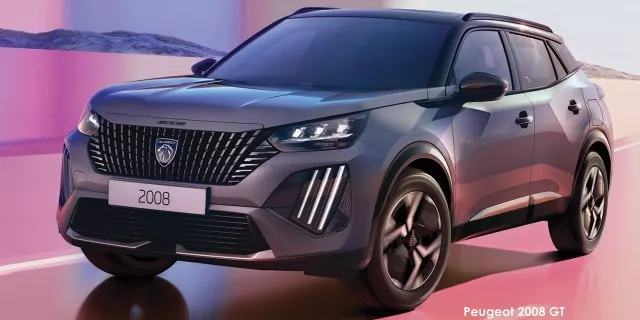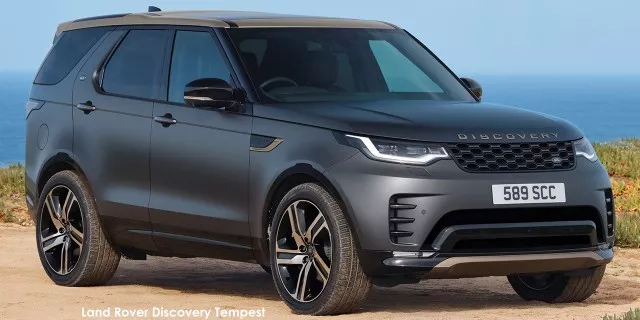
The family hatchback is a dying breed in South Africa, as the body type’s market share has been gradually eroded by market conditions and the arrival of new models.
Over the last few years, large hatchbacks have completely disappeared from the brochures of several automakers, and many of the ones that remain are too expensive for the vast majority of consumers.
Costs and competition
Family hatchbacks used to be one of the most sought-after vehicle types in South Africa, but they are not as popular as they used to be owing to the emergence of the crossover body style.
In Europe, most large hatchbacks are classified as C-segment vehicles, which are usually around 4 to 4.5 metres in length and are considered a midsize presence on the roads.
There are several advantages to this body type, as they are generally still seen as affordable purchases in most countries and are big enough to support a family lifestyle on a day-to-day basis.
They are also still small enough to be easy to drive in urban areas, giving them an advantage over bulky SUVs.
South Africans are familiar with these cars, as fan-favourite examples include the VW Golf, Ford Focus, Opel Astra, and Mazda 3, which are the bigger siblings to the Polo, Fiesta, Corsa, and Mazda 2, respectively.
However, the popularity of the C-segment hatch has waned thanks to the crossover, which offers all of the same benefits while having a more trendy shape.
SUVs are all the rage at the moment, not just in South Africa but around the world, but full-size SUVs are expensive and impractical for a lot of people.
Crossovers present the middle ground between hatchbacks and SUVs, offering the styling and improved ride height of the latter while retaining the advantages of the former.
Consequently, crossovers have taken the market by storm in recent years, and their success has come at the expense of hatchbacks as motorists continue to shift their preferences.
Arguably the best illustration of this comes from Ford, as the once mighty Fiesta and Focus have been pulled from South Africa, leaving a gap that has since been filled by the Puma.
Crossovers are only half the story, however, as price is another big reason as to why large hatchbacks have disappeared.
It’s no secret that car prices, as well as the general cost of living, have shot up in South Africa and many households are now downsizing to just one vehicle.
As a result, families are opting to own a single SUV as a practical all-rounder instead of two cars like a hatchback and a bakkie.
The prices themselves are also an issue, as every C-segment hatch in South Africa now costs more than R450,000, making them a difficult purchase to justify when there are dozens of other vehicles that seem to offer better value for money.
This is a problem for carmakers as well, as the margins on these models are often too low to justify continued support, so many brands are dropping their big hatchbacks from the catalogue entirely, such as the Opel Astra.
Other manufacturers have instead opted to keep selling their models, but only in their high-performance hot hatch form, as it is easier to justify much higher prices as these are not intended to be volume units.
This is the fate of the VW Golf, Hyundai i30, Honda Civic, and Renault Megane, which you can only buy in South Africa if you are prepared to spend upwards of R700,000 to pick up a Golf GTI, i30 N, Civic Type R, or Megane RS.
The only brands unaffected by this issue are premium badges like BMW, Mercedes-Benz, and Audi, as the 1 Series, A-Class, and A3 were already upmarket to begin with, and so their R680,000-and-up window stickers come as less of a shock.
As far as “affordable” options go, the only two models left in South Africa are the Mazda 3 and Toyota Corolla hatch, which start at R455,300 and R536,500, respectively.











